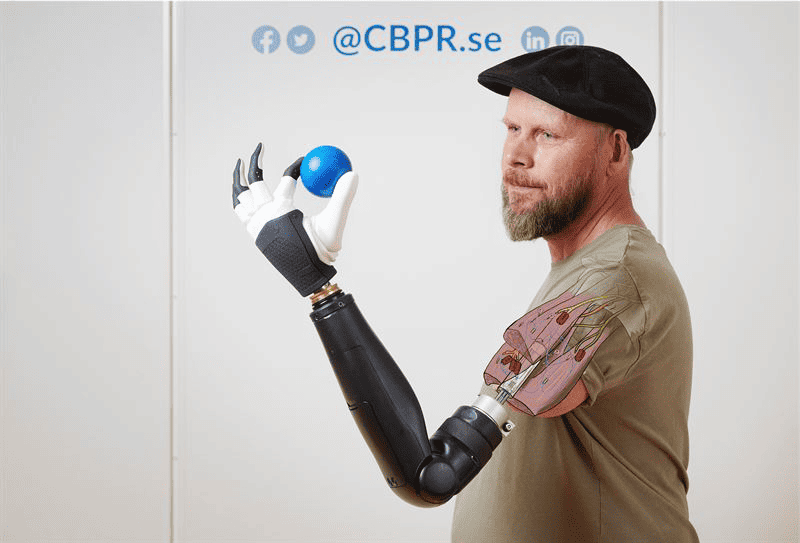
Researchers from several universities and hospitals in Sweden have developed a model that enables them to predict the number of corona patient hospitalizations three weeks in advance. Predictions are made based on data showing the number of travel movements within a region.
Mobility
The model assumes that the coronavirus is transmitted during physical encounters between people. The speed of its spread is dependent on the number of people who are already infected. One way to predict the spread is to study the movements of individuals. This assumes that the more a person travels, the more people they meet and potentially become infected.
Philip Gerlee (Chalmers University of Technology) and Torbjörn Lundh (University of Gothenburg) developed the tool in collaboration with researchers from other universities and hospitals. The researchers compared the number of corona patients admitted to that of mobility data, such as the number of passengers using public transport.
Google mobility data
They also used Google mobility data in addition to this data. Google releases reports to the public featuring information about where people have been. This data is collected via GPS.
There is a period between a rise in infections and hospitalizations. The model can predict how high the strain on hospital care will be in three weeks’ time. The tool was able to predict the course of the wave in both the first and second wave. Using this data, hospitals can better prepare for more admissions by deploying more staff, among other things.
Further development
The project has received funding from Chalmers Areas of Advance for the further development of the model. The researchers also want to devise new methods by which they can calculate how contacts are proportional to contamination.
Also interesting:
Swiss style during corona: a sustainable and really safe face mask
Italy wants to use drone deliveries during corona crisis








